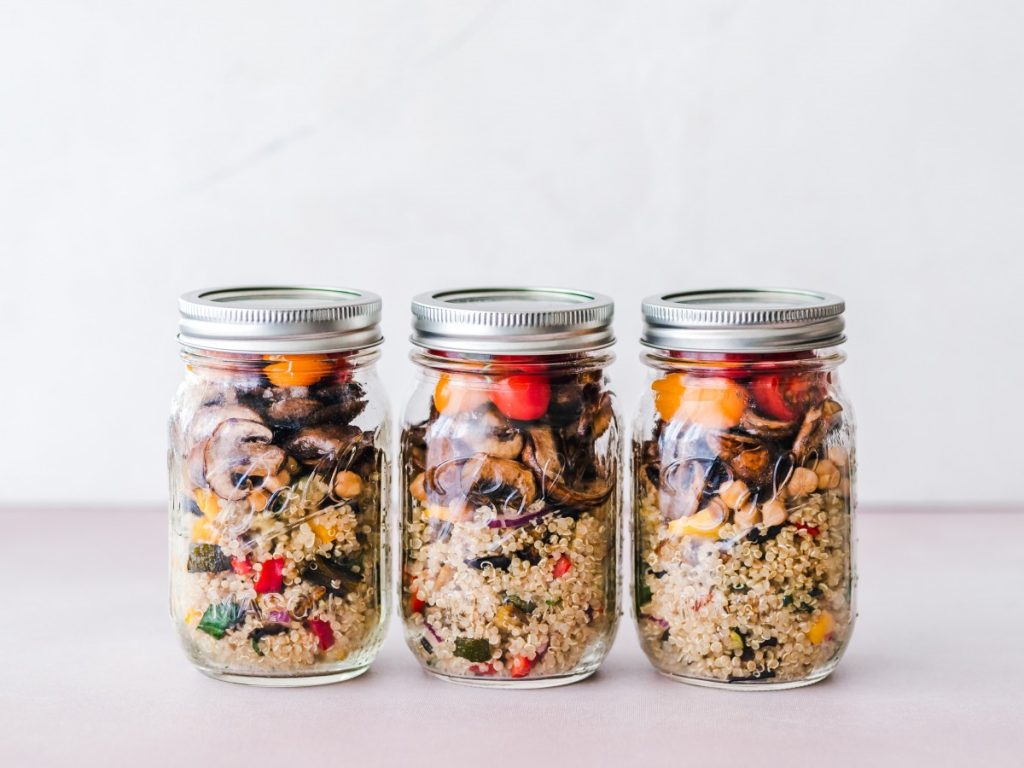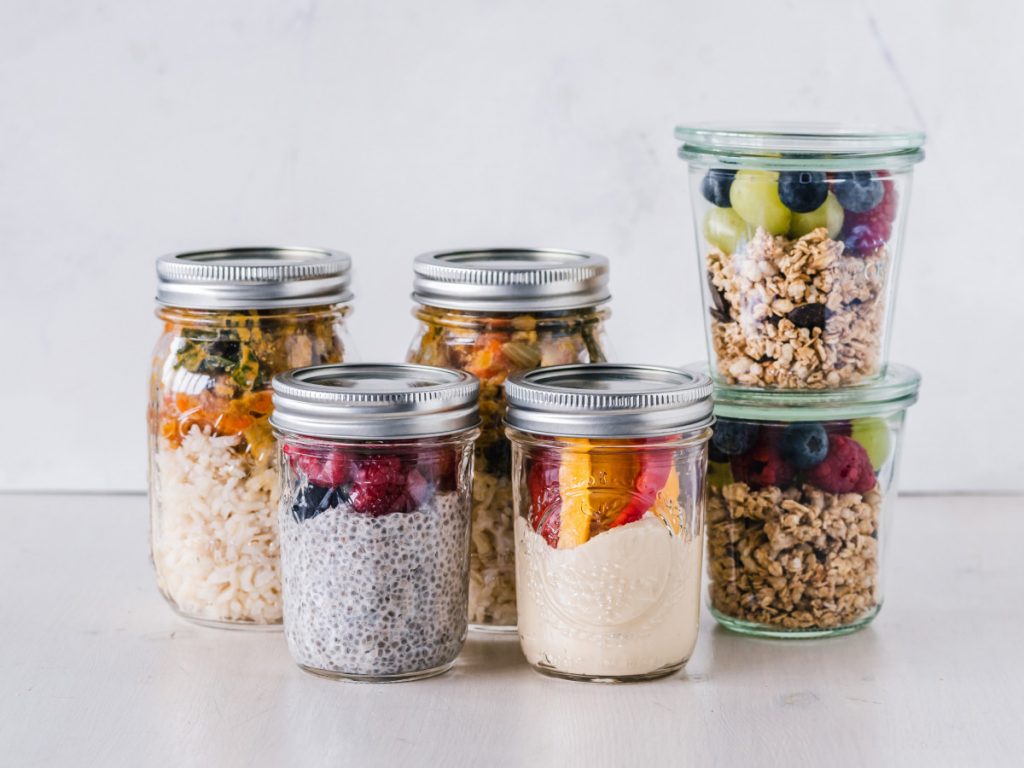
Smart Solutions: Keeping Your Food Fresh Without a Fridge
In today’s world, the refrigerator is a staple in almost every home, keeping our food fresh and safe. However, what happens when you find yourself without this essential appliance, whether due to a power outage, living off-grid, or simply seeking to reduce your environmental footprint? Fear not, as there are numerous innovative and time-tested methods to preserve food without the need for refrigeration. These strategies not only connect us with traditional preservation techniques but also offer a sustainable approach to managing our food. Let’s dive into some smart solutions that can help you keep your food fresh, fridge or no fridge.
Utilize Cool, Dark Spaces
The Root Cellar Method
One of the oldest methods of food preservation without a fridge involves storing food in cool, dark, and well-ventilated spaces. Root cellars, basements, or even cooler spots in your home can serve as perfect environments for storing certain fruits, vegetables, and other perishables. Items like potatoes, apples, carrots, and onions thrive in these conditions, staying fresh for months.
Pantry Storage
For those without access to a basement or root cellar, pantry storage offers a viable alternative. Keep your pantry organized and cool, and store grains, nuts, and dried fruits in airtight containers to extend their shelf life. Spices, too, benefit from this method, maintaining their flavor and potency for longer periods.
Dry and Dehydrate
The Art of Drying
Drying is another effective way to preserve food. By removing moisture, you inhibit the growth of bacteria, yeast, and mold. Sun drying, oven drying, or using a food dehydrator can preserve a wide variety of foods, including fruits, vegetables, herbs, and meats. Dried foods are not only lightweight and portable but also retain most of their nutrients, making them a healthy option.
Creating Your Own Jerky
Meat can be preserved through drying as well, with homemade jerky being a popular and delicious option. By marinating slices of lean meat and drying them at low temperatures, you can create a protein-rich snack that lasts for weeks without refrigeration.
Explore Canning and Preserving

Home Canning
Canning is a preservation method that involves processing food in airtight, sterilized containers to extend its shelf life for months or even years. Both water bath canning and pressure canning are effective ways to preserve fruits, vegetables, meats, and fish. This method requires some initial investment in equipment and a learning curve, but it’s a rewarding way to keep a variety of foods fresh.
Pickling and Fermenting
Pickling and fermenting are not just for cucumbers and cabbage. Almost any vegetable can be pickled or fermented, providing you with delicious, tangy flavours and the added benefit of probiotics. These methods rely on acidity and beneficial bacteria to preserve food and are simple to do at home with just a few basic ingredients.
Salt, Sugar, and Vinegar
Preserving with Salt
Salt is a powerful preservative that has been used for thousands of years. It works by drawing moisture out of food and inhibiting the growth of microbes. Fish, meats, and vegetables can be preserved through salting or brining, offering a savoury way to extend their shelf life.
Sweet Preservations
Similarly, sugar can preserve fruits in the form of jams, jellies, and marmalades. The high sugar content prevents the growth of bacteria, allowing these sweet treats to last for months in a cool, dark place.
Vinegar-Based Solutions
Vinegar, with its high acidity, is perfect for pickling a variety of foods. Beyond cucumbers, consider pickling onions, beets, peppers, and even fruits like peaches and pears for a sweet and sour snack.
A Fresh Perspective on Food Preservation
As we explore these fridge-free preservation methods, we reconnect with the wisdom of our ancestors and discover sustainable ways to manage our food. These techniques not only reduce our reliance on modern appliances but also offer a deeper appreciation for the food we eat and the processes that keep it fresh.
Embracing Traditional Wisdom
In adopting these age-old preservation methods, we find innovative solutions to modern-day challenges. Whether you’re dealing with a power outage, living off the grid, or simply aiming to reduce your carbon footprint, these strategies ensure that you can enjoy fresh, nutritious food year-round.
Remember, the key to successful food preservation without a fridge lies in experimentation and patience. As you try different methods, you’ll learn what works best for your lifestyle and preferences. So, roll up your sleeves and start exploring the rich world of traditional food preservation. Your taste buds (and the planet) will thank you.
